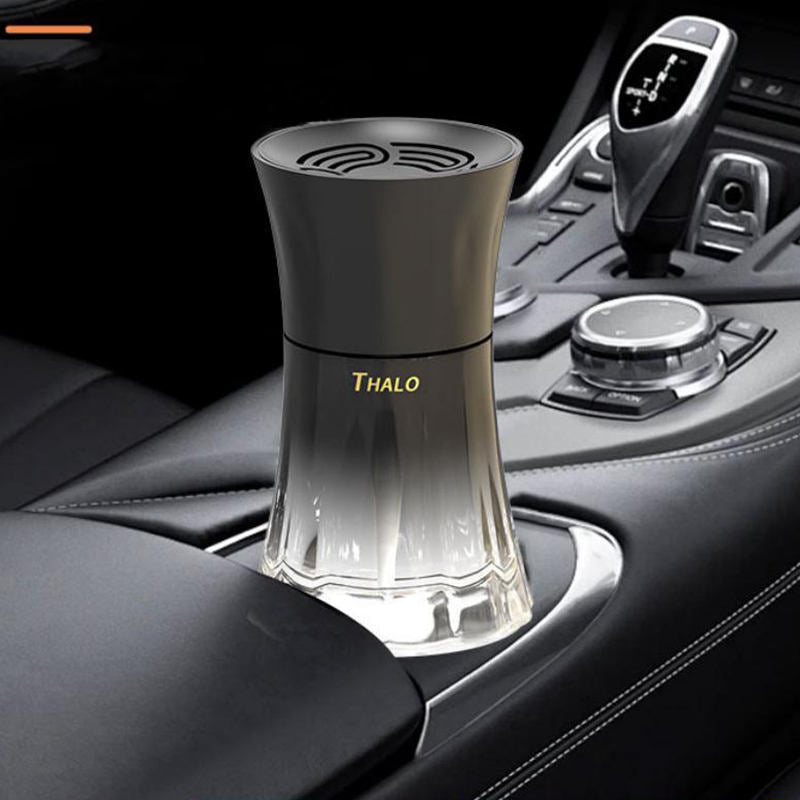
Car Aromatherapy Usage: A Safe and Practical Guide
Share
1. Choose the Right Product
Prioritize "safe, low-irritation, and easy-to-fix" options:
• Prefer flameless types: Vent-mounted aromatherapy (clips to air vents), solid fragrance balms (in metal/plastic cases), or reed diffusers (with sealed bottles for cup holders). These have no fire or leakage risks.
• Avoid flame-based products: Never use scented candles or incense—open flames may cause fires, and smoke pollutes air and obscures vision.
• Skip high-concentration essential oils: Pure essential oils evaporate too quickly, leading to dizziness or respiratory irritation. Opt for car-specific diluted oils, or add 1-2 drops of diluted oil to a diffuser stone in the cup holder.

2. Proper Installation & Usage
• Safe placement:
◦ Vent aromatherapy: Clip to passenger or rear vents (avoid driver’s front vents to prevent distraction or olfactory fatigue).
◦ Dashboard aromatherapy: Place in corners, away from airbags (to prevent flying during deployment) and instrument panels.
◦ Cup holder/storage: Secure reed diffusers or balms here to avoid spills (liquid may damage interiors).
• Control concentration:
◦ Use less than at home (in-car space: 3-5 m³): Insert 2-3 reeds, open balm lids halfway initially. Let new aromatherapy air out for 10 minutes outside the car first.
• Fragrance selection:
◦ Long trips/fatigue: Energizing scents (lemon, mint, rosemary) to stay alert.
◦ Daily commutes/traffic: Calming scents (low-concentration lavender, cedarwood, bergamot) to reduce anxiety.
◦ Avoid strong sweet scents (jasmine, rose, musk)—they may cause dizziness in enclosed spaces.
3. Key Precautions
• Regular checks:
◦ Liquid/reed diffusers: Check for leaks weekly (clean and replace if oil stains appear). Replace when fragrance fades.
◦ Solid balms: Cool melted balms in shade, or choose heat-resistant beeswax-based ones.
• Special scenarios:
◦ After summer heat exposure (over 60℃): Ventilate first—high temperatures speed up evaporation and may release harmful substances.
◦ With infants/pets: Use low-irritation options (unscented/light citrus) and keep windows slightly open. Avoid for cats (sensitive to tea tree/mint oils).
• Emergency response:
◦ Stop using if feeling dizzy/nauseous—ventilate and rest.
◦ Rinse skin with water if oil contacts it.
